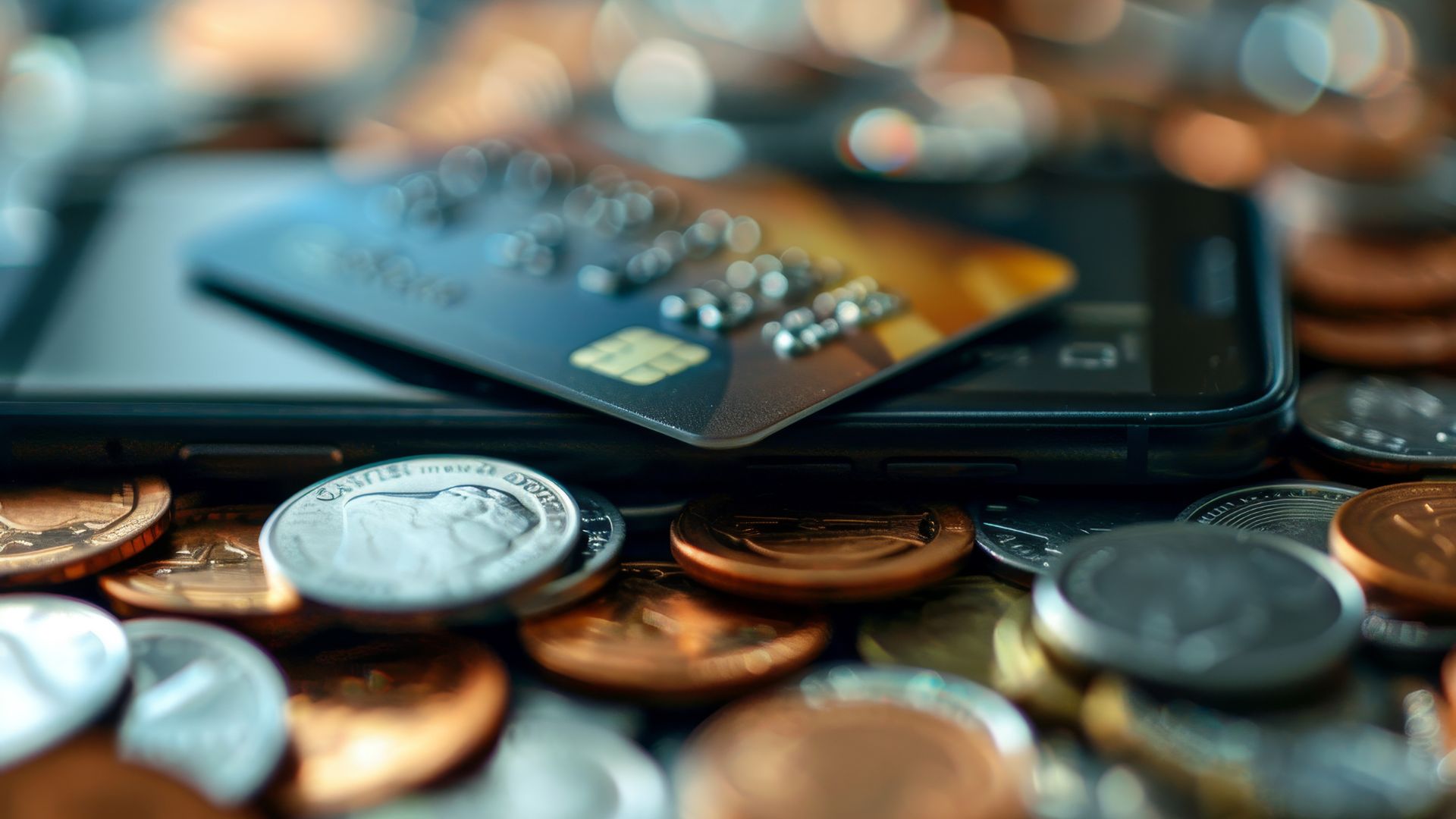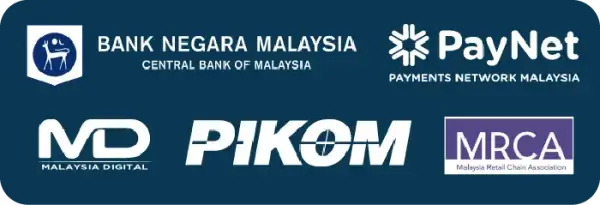
Ever had that moment after a sale where, instead of a happy notification that you received your money, you get news that the customer wants their money back? That, in essence, is what a chargeback is.
It is like hitting the rewind button on a transaction, initiated by the customer contacting their bank or card issuer to dispute a payment they have made. For any business, especially those operating online, understanding what is a chargeback and how to minimise these disruptions is important to sustaining revenue and trust.
Payment gateway, the platform that facilitates online payments, plays a significant role not only in processing transactions but also in helping to reduce these unwelcome chargebacks.
What is a Chargeback?
A chargeback is a direct reversal of funds after a customer disputes a debit or credit card transaction with their bank or card provider.
It is a consumer protection mechanism designed to protect buyers from issues like fraud or receiving unsatisfactory goods or services. When a customer believes there’s a problem with a transaction, they can file a claim with their bank, initiating a process that can lead to the funds being taken back from the merchant.
What Are The Common Reasons For Chargebacks
Understanding why chargebacks happen is key to preventing them. Although cases vary from customer and transactions, here are some of the common causes:
Reason for Chargeback | Why It Occurs |
Actual Fraud | The customer’s card details were used without their permission to make a purchase. |
Friendly Fraud (Non-Recognition) | The customer doesn’t not recognise the name or details of the transaction on their statement, often due to unclear billing descriptors or forgotten purchases. |
Friendly Fraud (Merchandise/Service Issues) | The customer claims they did not receive the goods or services, or that what they received was not as described or of unsatisfactory quality. |
Friendly Fraud (Avoid Returns) | The customer initiates a chargeback to avoid the merchant’s return process, perhaps finding it inconvenient or having missed the return window. |
Processing Errors | Mistakes made by the merchant during the transaction process, such as duplicate charges or charging an incorrect amount. |
Understanding these reasons is the first step in tackling the chargeback challenge. Knowing the ‘why’ helps you implement strategies to prevent them.
Certain sectors often see a higher frequency of chargebacks. These can include:
Online Retailers
Due to the ‘card-not-present’ nature of transactions, online retailers are susceptible to friendly fraud. For instance, a customer might claim they never received an item, even if it was delivered, or dispute a charge for a product they simply no longer want, effectively using the chargeback system as a convenient but unfair alternative to a return.
Digital Goods and Services
With items like software downloads or streaming access, it can be difficult to definitively prove the customer received and used the service. This ambiguity or uncertainty can be exploited for friendly fraud, where a customer might claim non-receipt after accessing the content. Additionally, disputes can arise if the service does not not meet expectations.
Travel and Hospitality
Bookings for flights or hotels can be subject to cancellations and disputes over refunds or service quality. Unexpected fees or changes to itineraries can also lead to chargebacks. Furthermore, the higher transaction values can make these sectors attractive targets for actual fraud using stolen card details.
Subscription Services
Subscription services are increasingly common and with it, customers may forget about recurring payments or find it difficult to cancel their subscriptions, leading to chargebacks when they see unexpected charges. Disputes can also arise if the service quality declines or if promised features are not delivered.
High-Value Goods
Items like electronics, jewellery, or luxury goods are prime targets for actual fraud due to the significant financial gain for criminals. Merchants in this sector need to be very vigilant with security measures. Additionally, disputes over the authenticity or condition of these items can also lead to chargebacks.
Remote Sales
This includes telemarketing or sales made through social media without a formal e-commerce setup. Lack of clear documentation, aggressive sales tactics, or misunderstandings about the product or service can result in customers disputing the charges later.
What Happens When a Chargeback Occurs?
It’s useful to understand the typical flow of a chargeback to better help understand the process:
- Customer Files a Dispute: The customer contacts their bank or card issuer.
- Issuing Bank Reviews: The bank assesses the customer’s claim.
- Chargeback Notification: If deemed valid, the issuing bank notifies the acquiring bank (your bank, often via the payment gateway).
- Merchant Notification: You receive notification of the chargeback, usually through your payment gateway or acquiring bank, along with a reason code.
- Merchant Response: You have the option to accept the chargeback or dispute it by providing evidence.
- Issuing Bank Decision: The issuing bank reviews all the information and makes a final decision.
- Funds Adjustment: If the chargeback is upheld, funds are debited from your account and credited back to the customer. You might also incur a chargeback fee.
How Payment Gateways Reduce Chargebacks
Modern payment terminals offer several features and functionalities that can act as a strong defence against chargebacks. They provide tools and processes that help verify transactions, manage risks, and provide evidence if a dispute arises. Here is is how they contribute:
1. Advanced Security Features
Payment gateways employ various security measures to authenticate transactions and detect suspicious activity such as false card swipes or possible fraudulent BNPL transactions.
- Address Verification System (AVS): This checks if the billing address provided by the customer matches the address on file with their card issuer.
- Card Verification Value (CVV): Asking for the three or four-digit security code on the card helps ensure the person making the purchase has physical possession of the card.
- 3D Secure: This adds an extra layer of authentication, often redirecting the customer to their bank for verification (e.g., using a one-time password).
By acting as a secure intermediary and offering tools for verification and monitoring, payment gateways are a valuable ally in the fight against chargebacks.
2. Fraud Monitoring and Detection
Many gateways have built-in systems that analyse transaction patterns and identify potentially fraudulent activities based on various risk indicators. They can flag suspicious transactions for review, allowing you to take action before they potentially turn into chargebacks.
3. Clear Transaction Information
Gateways ensure that the billing information that appears on the customer’s statement is clear and recognisable. This can greatly reduce non-recognition chargebacks, a common form of friendly fraud.
4. Providing Transaction Records
In the event of a chargeback, the payment gateway can provide detailed records of the transaction, including timestamps, IP addresses, and other relevant data. This information can be invaluable when you need to dispute a chargeback and demonstrate the legitimacy of the sale to the customer or bank.
5. Integration with Dispute Management Tools
Some gateways offer direct integration with dispute management platforms, streamlining the process of responding to chargebacks and providing evidence. This can save time and make it easier to organise your defence.
6. Guidance and Best Practices
Reputable payment gateway providers often offer advice and resources on how to minimise chargebacks based on their experience and industry best practices. They can help you understand common pitfalls and suggest preventative measures.
Actions You Can Take To Minimise Chargebacks
While payment gateways offer significant help, there are also preventive steps you can take to reduce the likelihood of chargebacks. After all, prevention is better than cure and the fewer chargebacks for merchants, the better.
- Provide clear and accurate product descriptions and images.
- Ensure your shipping and return policies are easily accessible and understandable.
- Offer prompt and helpful customer service. Address queries and complaints quickly.
- Use clear and recognisable billing descriptors.
- Obtain proof of delivery for shipped goods.
- Consider using tools like order tracking and signature confirmation for higher-value items.
- Keep records of all customer communications.
The Cost of Chargebacks
Chargebacks can be expensive. You not only lose the money from the original sale but might also have to pay a chargeback fee.
High chargeback rates can also lead to increased processing fees and even the risk of losing your payment processing facilities. It is therefore in your best interest to take proactive steps to keep them to a minimum.
Conclusion On Chargeback and Payment Gateway
Grasping what is a chargeback and the reasons behind it is important for any business operating online.
At Paydibs, we get the impact of these disputes, which is why our smart payment terminals incorporate strong security measures such as AVS, CVV, and 3D Secure, alongside smart fraud monitoring, all designed to give you a solid footing against unauthorised activity and unfair claims.
While we cannot promise a completely chargeback-free world, our goal is to equip you with the right tools to reduce them significantly and handle any that come your way effectively.
Choosing Paydibs means selecting a partner focused on building a secure and reliable payment system for you and your customers, ultimately protecting your earnings and promoting positive interactions.
Legal Disclaimer: All brand names, trademarks, and logos displayed on this website are the intellectual property of their respective owners. Their use herein is solely for identification purposes without written consent of direct affiliation with the respective owner.
Frequently Asked Questions About What is Chargeback
Are There Time Limits for Filing a Chargeback?
Yes. Card networks typically have time limits within which a customer must file a chargeback from the transaction date, though these can vary depending on the reason and the card issuer’s policies.
Can a Merchant Decline a Refund and Still Win a Chargeback Dispute?
Yes. A merchant can have a valid reason for refusing a refund based on their policies and still successfully dispute a chargeback if they can prove the transaction was legitimate and the customer’s claim is unfounded.
What Happens if a Business Has Too Many Chargebacks?
Excessive chargeback rates can lead to higher processing fees, closer scrutiny from payment processors and acquiring banks, and potentially even the termination of their merchant account.
Who Ultimately Pays for a Chargeback That Is Upheld?
The merchant ultimately bears the financial loss of an upheld chargeback, as the funds are debited from their account to reimburse the customer.
Can a Merchant Sue a Customer for Friendly Fraud?
While possible, pursuing legal action for friendly fraud can be complex and costly, often making it impractical for most merchants unless the amounts are substantial and there is clear evidence of intentional abuse.
Do Payment Gateways Guarantee Protection Against All Chargebacks?
No. While payment gateways offer tools and features to reduce chargebacks, they cannot guarantee complete protection as some disputes are ultimately decided by the issuing bank based on the evidence provided.
Recent Posts
- Setting Up a Payment Gateway on Shopify (Malaysia & Beyond)
- Shopify Malaysia: Payment Gateway Problems You Should Know
- The Future of Payments: How APIs Are Powering Malaysia’s Cashless Economy
- WooCommerce vs Shopify for SMEs: Which Handles Payments Better?
- How A Payment Gateway Works (Malaysia SME Guide)
Categories
Our Partners :





Paydibs is a leading payment solutions provider committed to simplifying transactions for businesses of all sizes.

